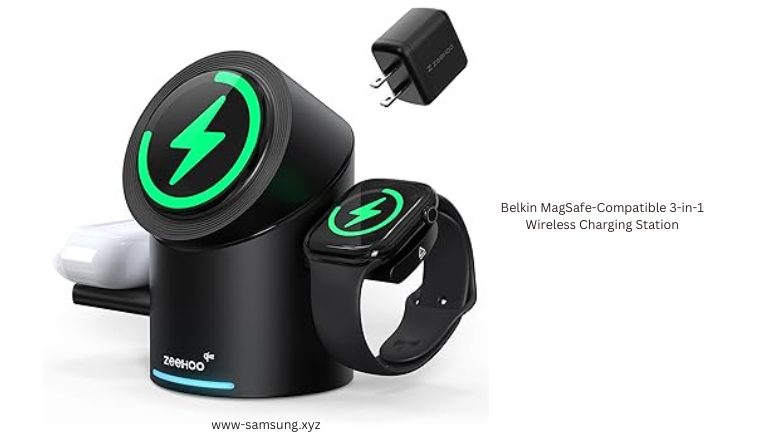which is best phone oneplus or vivo
When comparing OnePlus and Vivo, both brands offer solid smartphones, but the best phone for you depends on your priorities, such as performance, camera quality, design, and price. Here’s a breakdown of both brands to help you decide which one suits you better:
1. Performance:
- OnePlus: OnePlus phones are known for their flagship performance at competitive prices. Devices like the OnePlus 11 and OnePlus Nord 2 come with Snapdragon processors (Snapdragon 8 Gen 2 in the OnePlus 11), making them powerful and capable of handling heavy tasks and gaming without any issues. The OxygenOS software is also light and offers a smooth experience.
- Vivo: Vivo phones, especially the Vivo V series and iQOO series, also offer good performance but tend to use a mix of Snapdragon and MediaTek processors. The iQOO 11, for example, has the Snapdragon 8 Gen 2, which makes it a solid competitor for performance. However, Vivo’s Funtouch OS can sometimes feel a bit more heavy and cluttered compared to OnePlus’s OxygenOS.
Winner: OnePlus generally offers a smoother and faster experience thanks to OxygenOS and the Snapdragon processors used in their high-end models.
2. Camera Quality:
- OnePlus: OnePlus has been focusing on improving its cameras, particularly in higher-end models like the OnePlus 11, with a 50 MP Hasselblad camera. While it offers good camera quality with vibrant and accurate colors, it may not match the best flagship camera systems in terms of zoom and low-light performance when compared to Samsung or Apple.
- Vivo: Vivo excels in camera performance, especially in the Vivo X series and Vivo V series. For instance, the Vivo X90 Pro comes with a 50 MP primary camera, ultra-wide, and telephoto sensors, offering impressive low-light performance and zoom capabilities. Vivo also focuses on selfie cameras, making them a top choice for those who prioritize selfies and portrait shots.
Winner: Vivo offers better camera performance, especially in terms of zoom, low-light photography, and selfies.
3. Display Quality:
- OnePlus: OnePlus devices often come with AMOLED displays and a 120Hz refresh rate, which makes for a smooth and vibrant viewing experience. The OnePlus 11 features a 6.7-inch QHD+ AMOLED display, known for its sharpness and color accuracy.
- Vivo: Vivo also offers excellent displays, especially in high-end models like the Vivo X90 Pro, which features a 6.78-inch AMOLED display with a 120Hz refresh rate. Vivo’s displays are bright and offer good color reproduction as well, but OnePlus has a slight edge in color accuracy and sharpness.
Winner: OnePlus has a slight edge in display quality, but Vivo offers solid displays as well.
4. Design and Build Quality:
- OnePlus: OnePlus phones have a premium design with sleek finishes and metal or glass bodies. Models like the OnePlus 11 offer a clean, modern design, making them look premium. OnePlus also emphasizes the feel of the device, ensuring it is comfortable to hold.
- Vivo: Vivo’s phones, especially in the Vivo X series, have a premium and sleek design as well, often with glass backs and metal frames. Vivo also tends to incorporate unique designs, such as curved screens and distinctive colors, giving the devices a modern and attractive look.
Winner: Both brands offer premium design; however, Vivo stands out for its unique and modern aesthetic in some models, while OnePlus focuses on a sleek, minimalist approach.
5. Software Experience:
- OnePlus: OnePlus uses OxygenOS, which is praised for its clean, minimalist, and fast experience. It’s very close to stock Android, and it’s one of the best Android skins in terms of speed, fluidity, and customization.
- Vivo: Vivo uses Funtouch OS, which is more feature-rich but can feel heavier than OxygenOS. While it offers a lot of customization, it can sometimes feel more cluttered and less intuitive compared to OnePlus.
Winner: OnePlus offers a cleaner, faster software experience with OxygenOS.
6. Battery Life and Charging:
- OnePlus: OnePlus offers large batteries (up to 5000mAh) and fast charging speeds. For example, the OnePlus 11 supports 100W SuperVOOC fast charging, which charges the phone incredibly quickly (about 50% in 10 minutes and full charge in 25 minutes).
- Vivo: Vivo also offers fast charging, particularly in the iQOO series, with devices like the iQOO 11 supporting 120W fast charging, which can fully charge the phone in around 20 minutes. Vivo’s battery performance is generally good, with 5000mAh batteries in most of their devices.
Winner: Vivo and OnePlus are both strong contenders for fast charging and battery life, with Vivo offering slightly faster charging speeds.
7. Price and Value for Money:
- OnePlus: OnePlus is known for offering flagship-level specs at a more affordable price compared to Samsung and Apple. Their premium models like the OnePlus 11 offer a lot of value for money when it comes to performance, design, and software.
- Vivo: Vivo’s phones, especially the Vivo V series and iQOO series, offer good value for money, especially in the mid-range segment. The Vivo X90 Pro provides premium specs, but it is often priced higher than OnePlus devices with similar specs.
Winner: OnePlus offers better value in the flagship range, while Vivo has strong mid-range offerings.
Conclusion:
- Choose OnePlus if you prioritize performance, smooth software, value for money, and a clean user interface. OnePlus is the better choice for users who want a fast, responsive, and affordable flagship experience.
- Choose Vivo if you are into camera performance (especially selfies, low-light, and zoom), and if you like premium design with some unique aesthetics. Vivo also excels in battery charging speeds.
Ultimately, the best choice depends on what features you value most in a phone!
